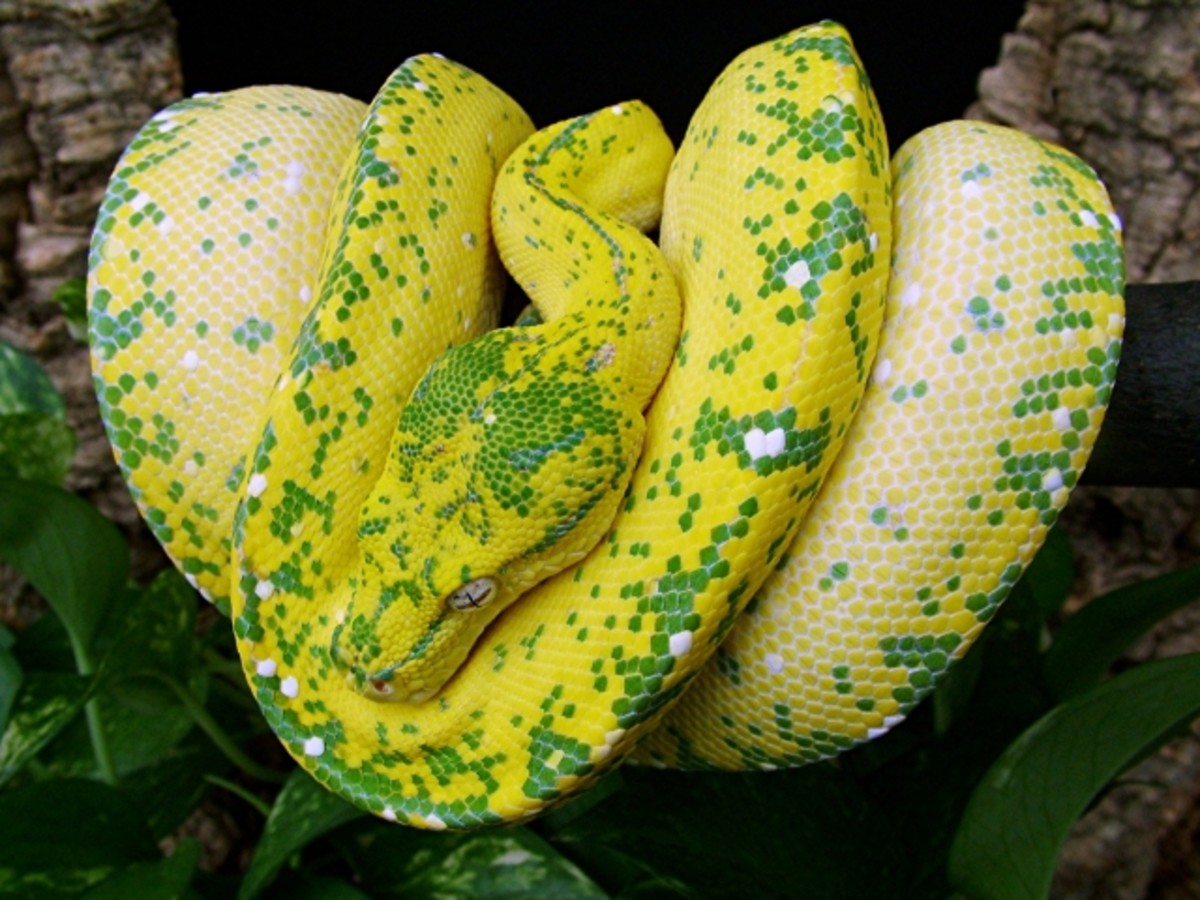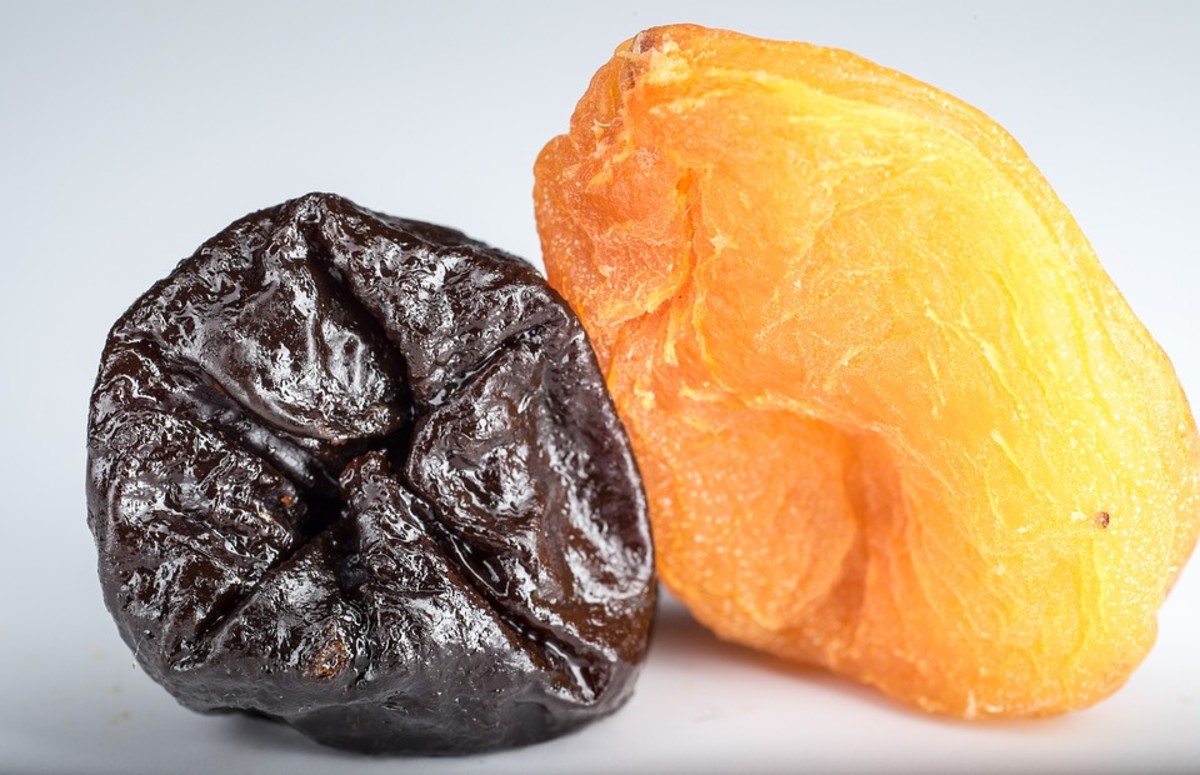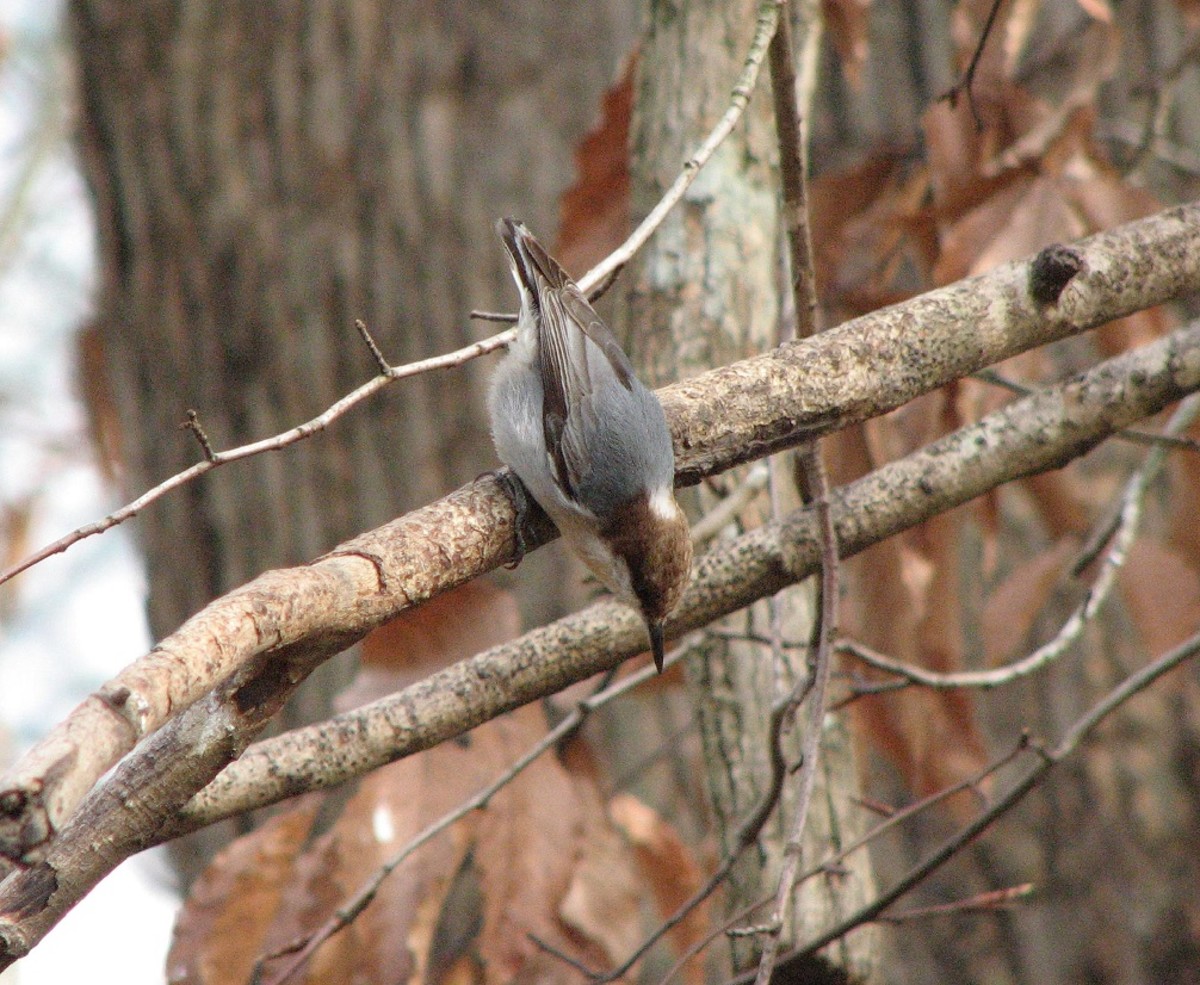Partially Leucistic Grackle
They come in droves. A flock of grackles randomly descend upon my yard, sucking up every morsel of food that may be on the ground or in a feeder until they are scared away. The image is almost surreal and akin to a cartoon character putting a whole chicken leg in his or her mouth only to emerge picked clean seconds later. But, once, this frequent nuisance of our yard came to be a source of excitement. Did we have a new bird? It looked like a common grackle, but it had streaks of white—a sharp contrast to the sea of black.
As usual, my husband posted our photo (can’t find it to upload right now) to Whatbird. The response was quick but foreign: a partially leucistic grackle. Huh? I hit the books while my husband hit the web.Definitions
Leucism: “Condition of plumage resulting from reduced pigment in feathers; leucistic birds vary from having a few stray whitish feathers to being nearly all white with just a trace of normal pigmentation (the latter resembling albino birds but with normally pigmented eyes).” (Brinkley 505).
Albinism: “Congenital absence of pigmentation; in birds, results in white plumage and pink eyes” (Brinkley 502)
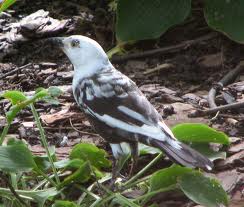
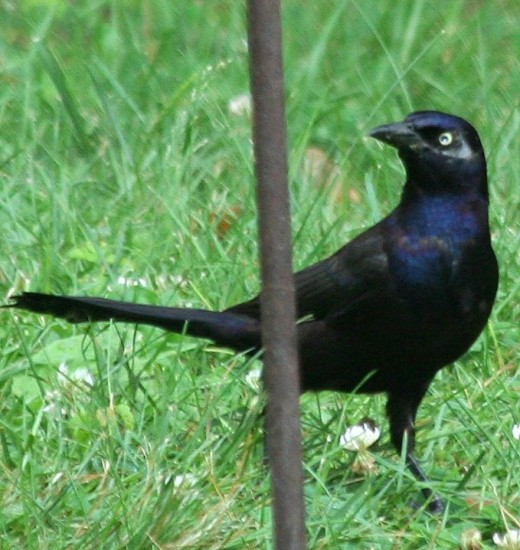
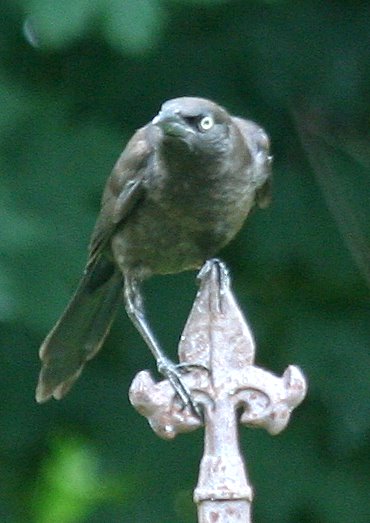
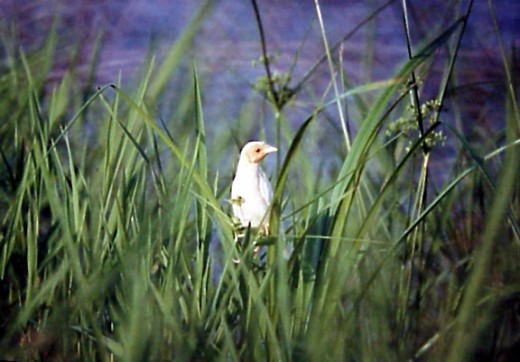
Description
The Common Grackle (Quiscalus quiscula) is about the size of a Jay and is rarely seen outside of a flock. It looks all black, but in good view and/or light the males have glossy, purplish blue, iridescent coloring (much like an oil spill). The Common Grackle has a long wedge-shaped tail, pale yellow eyes and pointed beak. The females are smaller and duller. There are three variations of Common Grackles:
- Purple Grackle: found south of New York and has iridescent purplish hues all over
- Bronze Grackle: found in U.S. interior states and has a bronze colored back
- Florida Grackle: found all over the continental U.S. and parts of Canada.
There are two other types of Grackles:
- Great-tailed (Quiscalus mexicanus), which is mainly found in the Great Plains and can have multiple partners.
- Boat-tailed (Quiscalus major), which has the limited range of the Atlantic and Gulf coasts.
Feeding Habits
Grackles feed on just about anything. They are known to eat insects, spiders, grubs and earthworms, eggs, baby birds, frogs, mice, grains, and wild fruit. Grackles will forage for minnows and crayfish. At feeders, Grackles like cracked corn.
Habitat
Grackles like open spaces like farm fields, pastures, marshes, and suburban yards. They need a wooded area for nesting and roosting.
Now I hesitantly welcome a flock, if only to catch a glimpse of the partially leucistic grackle again.Sources
Alderfer, Jonathan, ed. National Geographic Field Guide to Birds: New Jersey. Washington, DC: National Geographic, 2005. Print.
Brinkley, Edward, S. National Wildlife Federation Field Guide to Birds of North America. New York: Sterling Publishing Co., Inc., 2007. Print.
Bull, John, and John Farrand, Jr. National Audubon Society Field Guide to North American Birds: Eastern Region. Revised ed. New York: Alfred A. Knopf, 1994. Print.
Sibley, David Allen. The Sibley Field Guide to Birds of Eastern North America. New York: Alfred A. Knopf, 2003. Print.See My Other Bird Hubs
Other Sources and Resources
Link to Our Website:
http://www.presidentavenue.com/yardbirds/
Project FeederWatch:
http://www.birds.cornell.edu/pfw/AboutBirdsandFeeding/Albinism_Leucism.htm
Cite This Article
MLA
Crosby, Stephanie Bradberry. Partially Leucistic Grackle. HubPages, 2011. Web. Today’s date.
APA
Crosby, S. B. (2011). Partially leucistic grackle. Retrieved from http://www.hubpages.com/hub/Partially-Leucistic-Grackle.

